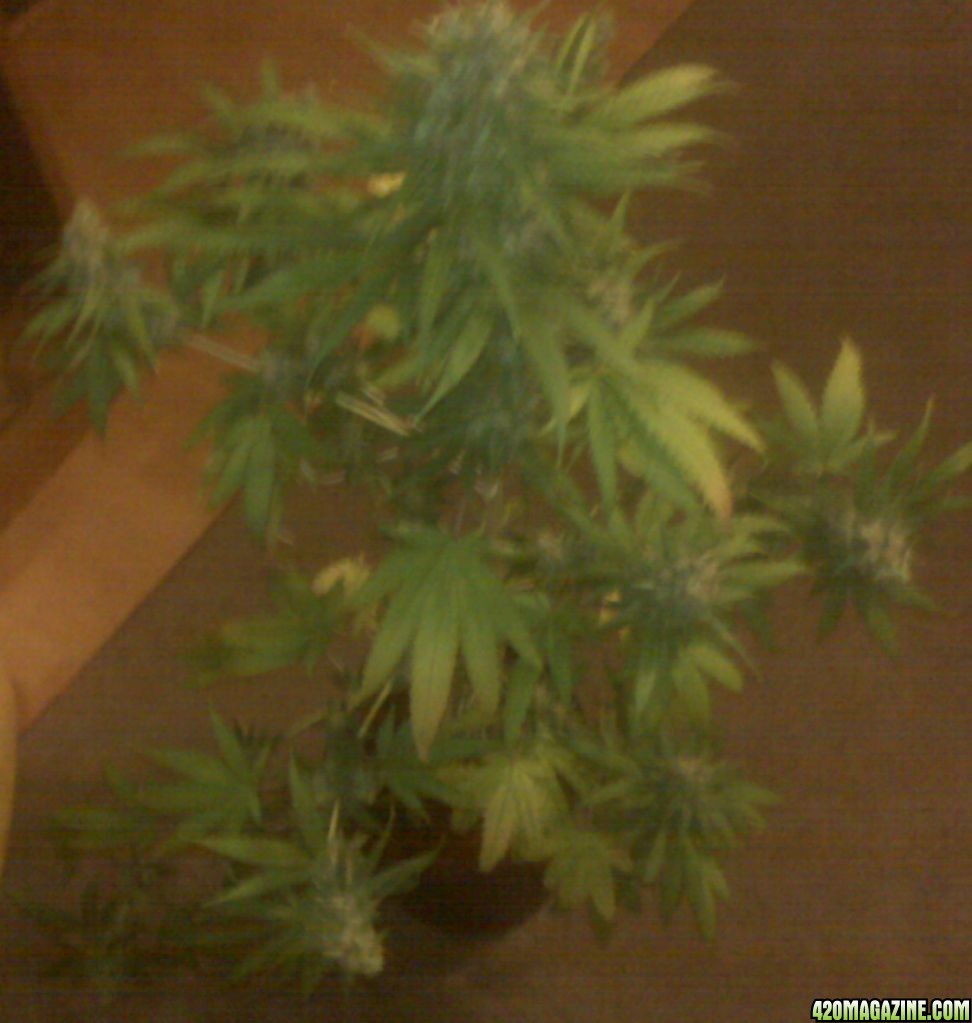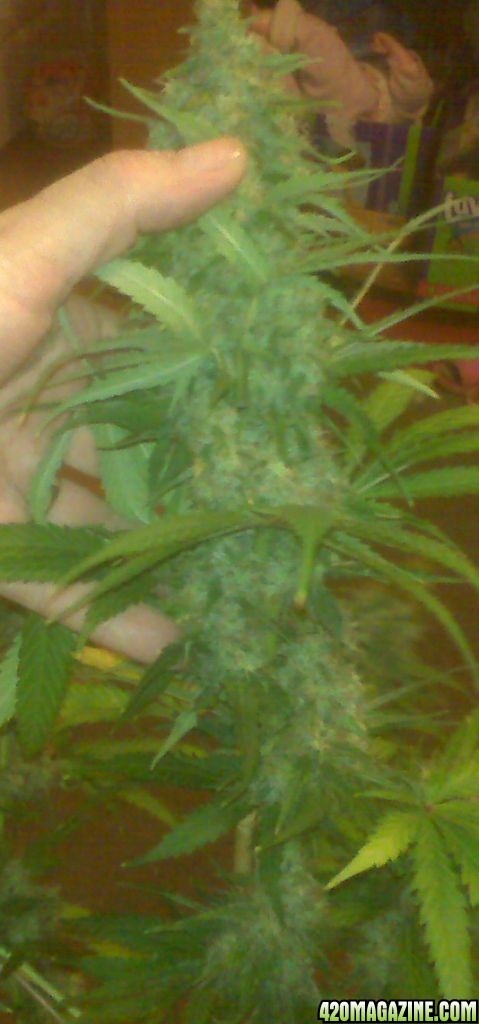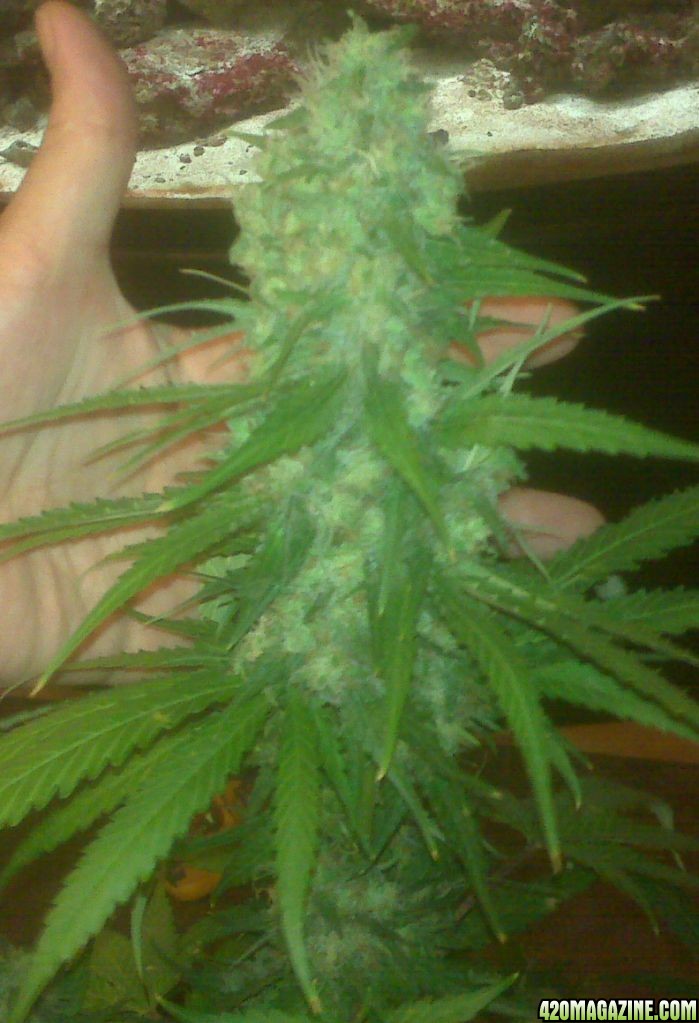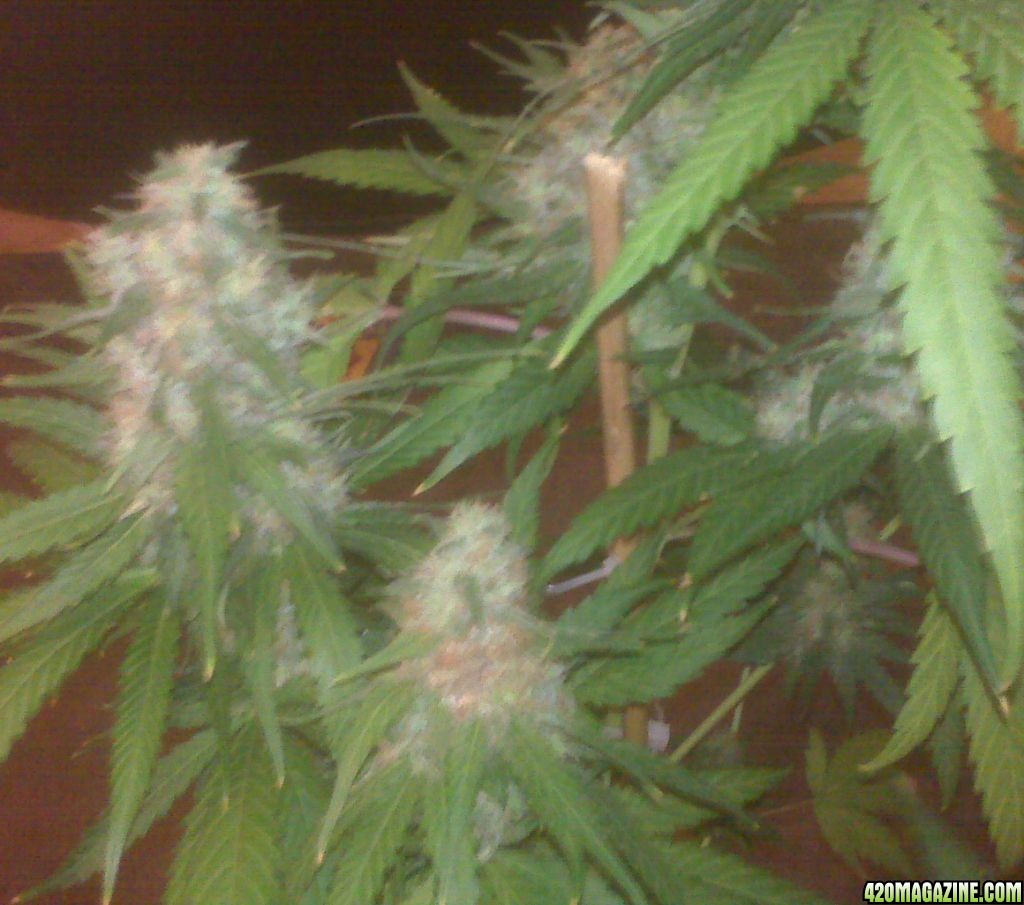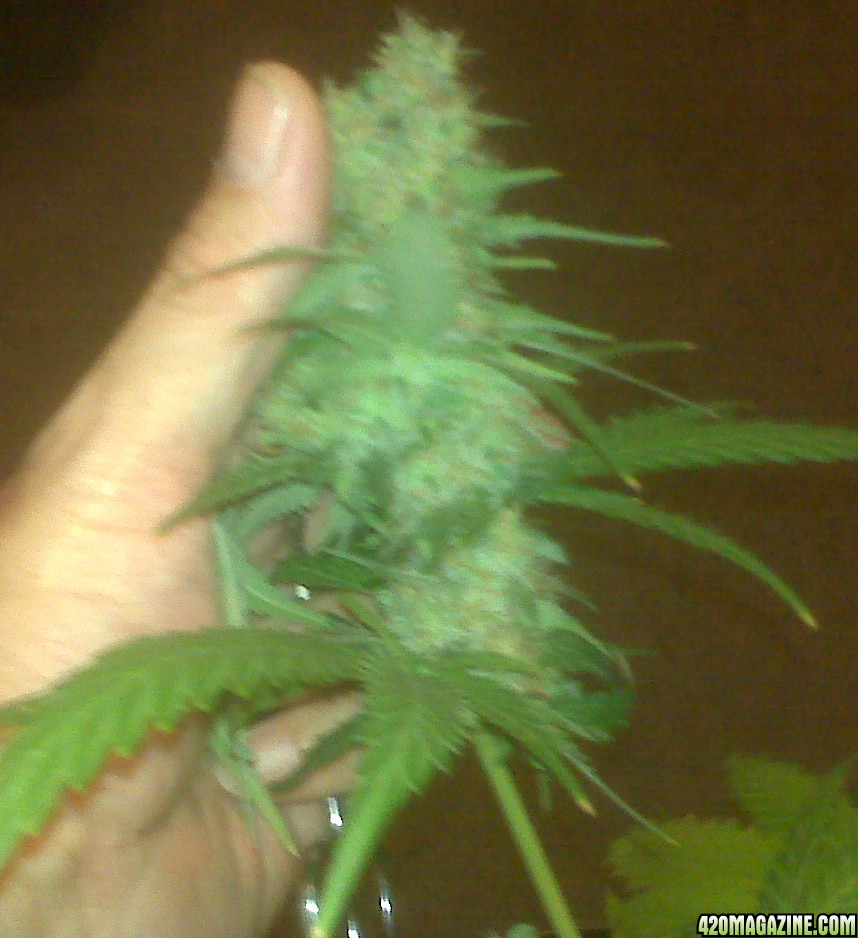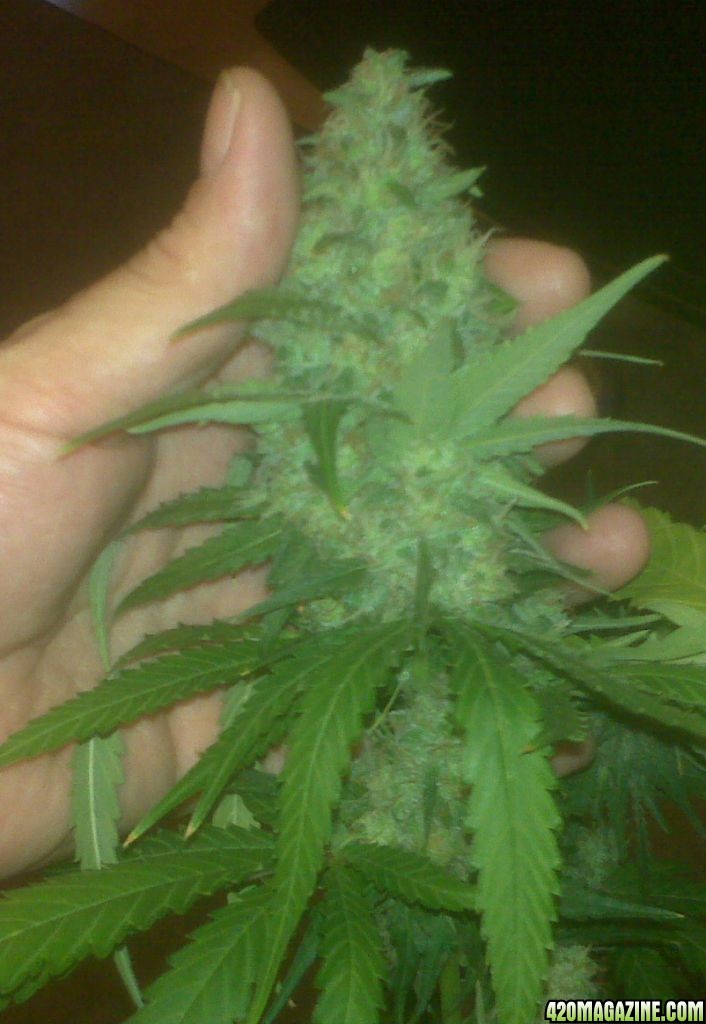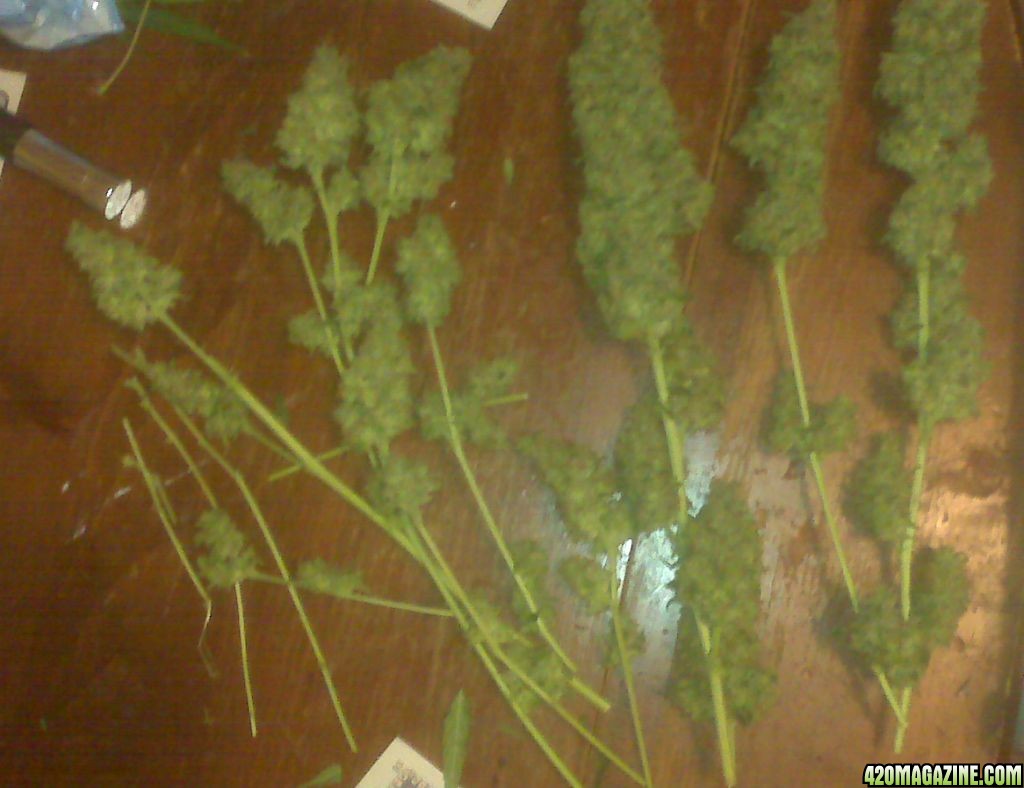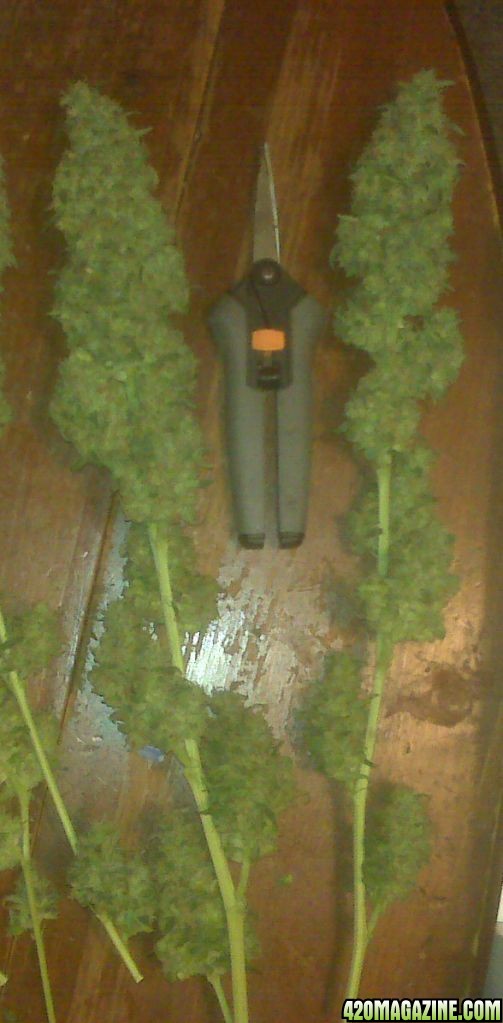GaladrielDreams
New Member
it's all good GD, I was just joking,, hehe,, glad to see you got everything in order...
It's the control freak/virgo in me. I have to have EVERYTHING I need before I need it before I start. Even stuff that I may need just in case I am getting before I start.
Did you see my new florescent ballast I appropriated from the garage??? Will that work for mamas and clones???



 Another question for you ... what's the significance of the molasses and what dosage do you use?
Another question for you ... what's the significance of the molasses and what dosage do you use?
 very much MV.. your girls are much nicer
very much MV.. your girls are much nicer  I hope to be able to come close some day...
I hope to be able to come close some day...

